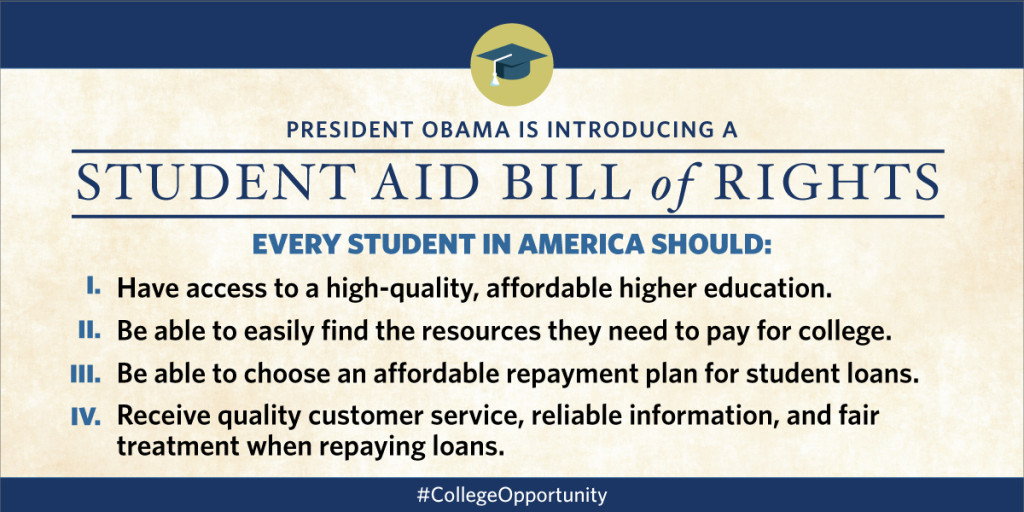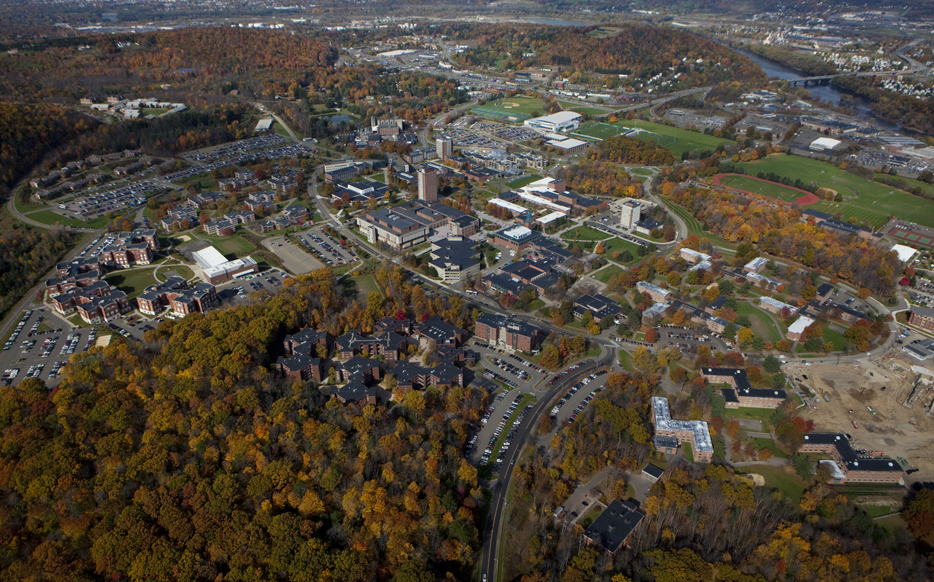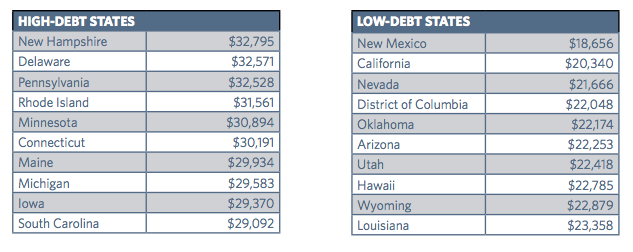
While the White House has introduced recent proposals to lower the cost of college for incoming students, the 40 million Americans struggling with student loan debt haven’t seen much relief.
But President Obama’s new Student Aid Bill of Rights could help change that and make borrowing and repaying federal student loans a less painful process.
Not paying your student loans can have some serious consequences, including a lowered credit score and having your wages garnished.
But what if there was a way to avoid paying your student loans with no repercussions?
Actually, there is–if you quality for a student loan forgiveness program.
For recent college graduates, paying student loans can be a struggle.
But what if you could get yours paid for you just for moving to a certain city?
Niagara Falls, NY is trying to attract young residents by doing just that. The city will pay off $7,000 of a borrower’s student loans if they live in a designated area of the city for 2 years.
As we’ve explained, defaulting on your student loans has several consequences and could severely damage your credit score.
Of course, it’s best to avoid default by getting on the right student loan repayment plan for your situation and paying your loans on time. But if you’ve already defaulted on your loans, there is a way out.
This helpful video from Centsible Student explains what to do if you’ve defaulted on your loans and what options you have, including repayment plans and student loan consolidation.

We’ve written a lot about the great, affordable colleges in our home state of New York.
And beginning this year, prospective college students and graduates may have another reason to consider making a move to the Empire State: free student loan payments for two years.

Students are graduating college with more debt than ever before, with the average college graduate leaving school with $28,400 in student loans.
But in some states, students are graduating with debt levels much higher than that, with debt in 6 states topping $30,000.
A new report from The Institute for College Access & Success’ Project on Student Debt shows that average student debt varies widely by state, ranging from $18,656 to as much as $32,795 per student.
According to the Department of Education, 7 million students in the U.S. defaulted on their college loans during the third quarter of 2014, with the average amount of loan default per borrower being $14,014.
As we’ve written previously, defaulting on your loans can have serious consequences–including damaged credit and having your wages garnished. And since student loans usually can’t be discharged in bankruptcy, many borrowers find themselves unable to repay their loans.
There are, however, ways to avoid succumbing to the peril of student loan debt and default. A recent CNBC article featured College Financing Group co-founder Rick Ross, who gave his advice about preventing student loans from taking over your life.
When most people talk about student debt, they talk about it in terms of undergraduates. Indeed, undergraduate student debt remains a real issue, with the average graduate leaving college with $29,000 in student loans. But according to Time Magazine, there’s an even bigger problem that’s not frequently talked about in the media: graduate student debt. […]
Paying off your student loans can be a daunting challenge. And with compound interest, the longer you take to repay them, the more they build up. Listen to this podcast from How to Pay for College HQ about how one student, Kyle Musser, paid off $20,000 of his $60,000 in student loans in his first […]

If you have a lot of student loan debt, you’re far from alone.
Unpaid federal student loan debt is nearly $1.1 trillion, according to the latest data from the Consumer Financial Protection Bureau. And that’s not even counting private loans.
To show how great of a number that is, Debt.com put together an infographic of all of the things you could buy with $1 trillion.